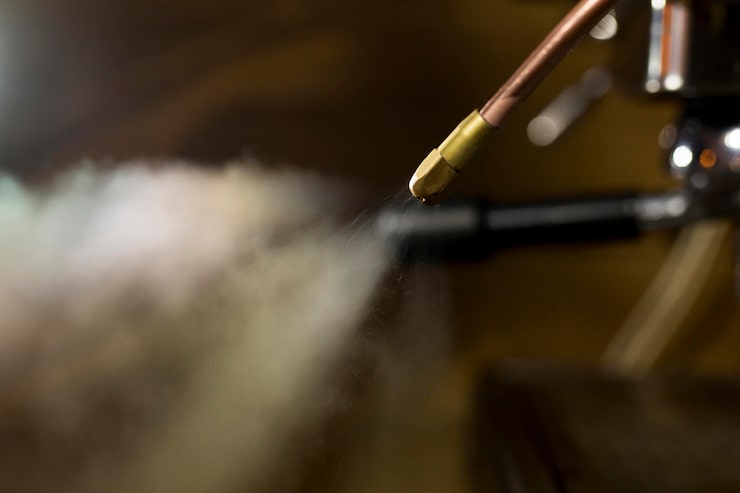Pipes are classified into several types based on material, purpose, and manufacturing methods, and understanding what are the four types of pipes provides insight for engineers, builders, and industrial planners. The four primary types commonly referenced are metallic pipes, plastic pipes, composite pipes, and concrete pipes, each serving different industrial, commercial, and residential needs.

Metallic Pipes: These include carbon steel, stainless steel, copper, and alloyed metals. Metallic pipes are valued for strength, durability, and pressure resistance, making them ideal for high-pressure systems, chemical plants, oil and gas pipelines, and steam transport. Stainless steel pipes, in particular, resist corrosion and high temperatures, making them suitable for chemical, pharmaceutical, and food processing applications. Carbon steel pipes are used extensively in power generation and petroleum transport due to their high mechanical strength.
Plastic Pipes: Plastic pipes such as PVC, CPVC, HDPE, and PEX are lightweight, corrosion-resistant, and easy to install. They are widely used for water supply, drainage, and industrial chemical transport where corrosion and chemical compatibility are primary concerns. HDPE pipes, for instance, are favored in industrial water systems, sewage treatment, and irrigation networks because of their flexibility, chemical resistance, and long service life. PEX is increasingly used in plumbing for its ease of installation and freeze resistance.
Composite Pipes: These are made from multiple layers of materials, often combining metal and polymer or different polymers. Composite pipes are designed to provide enhanced mechanical strength, chemical resistance, and thermal performance. Examples include fiberglass-reinforced plastic (FRP) pipes, which are commonly used in chemical processing, wastewater treatment, and marine applications. Composites allow engineers to tailor the pipe’s properties for specific industrial challenges that single-material pipes cannot meet.
Concrete Pipes: Concrete pipes are primarily used in large-scale infrastructure such as sewage, stormwater management, and culverts. They offer high compressive strength, durability, and longevity, especially for underground applications. Reinforced concrete pipes (RCP) incorporate steel reinforcement to handle high loads and prevent cracking, making them suitable for municipal and industrial drainage systems.
Each type of pipe has specific advantages and limitations. Metallic pipes excel in high-temperature, high-pressure environments but are susceptible to corrosion if not properly protected. Plastic pipes offer chemical resistance and lightweight handling but have lower mechanical strength. Composite pipes provide a balance of strength and chemical resistance but may have higher costs. Concrete pipes are extremely durable under load but are heavy and require specialized installation equipment.
In modern industrial and municipal systems, these four types of pipes are often combined to optimize cost, durability, and performance. For example, a water treatment plant may use HDPE for chemical dosing lines, stainless steel for high-pressure transport, and concrete pipes for effluent drainage. Understanding what are the four types of pipes enables engineers to select the most appropriate materials for each function, ensuring efficiency, safety, and long-term reliability.


